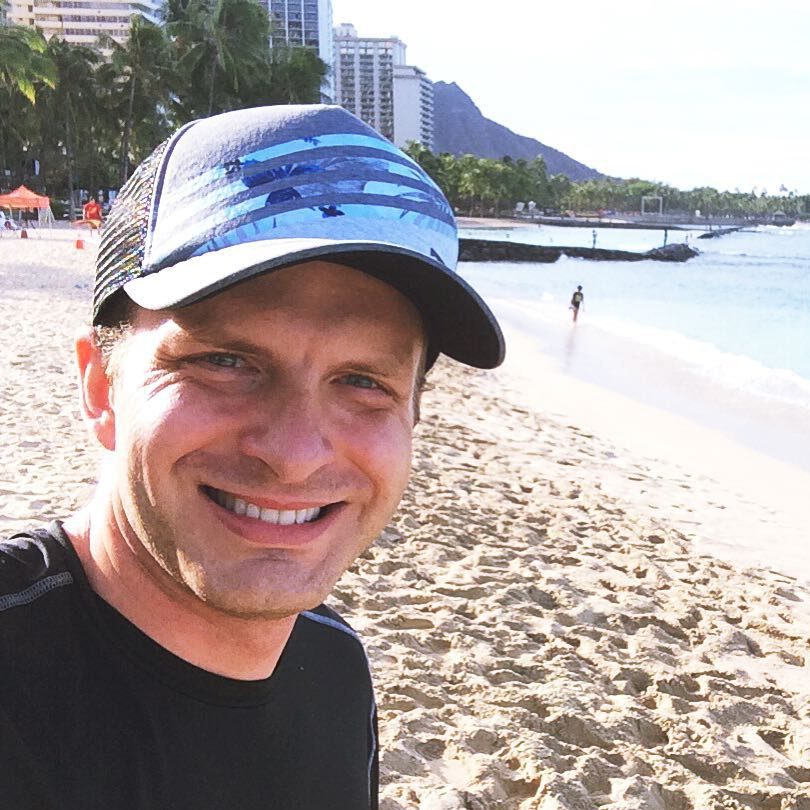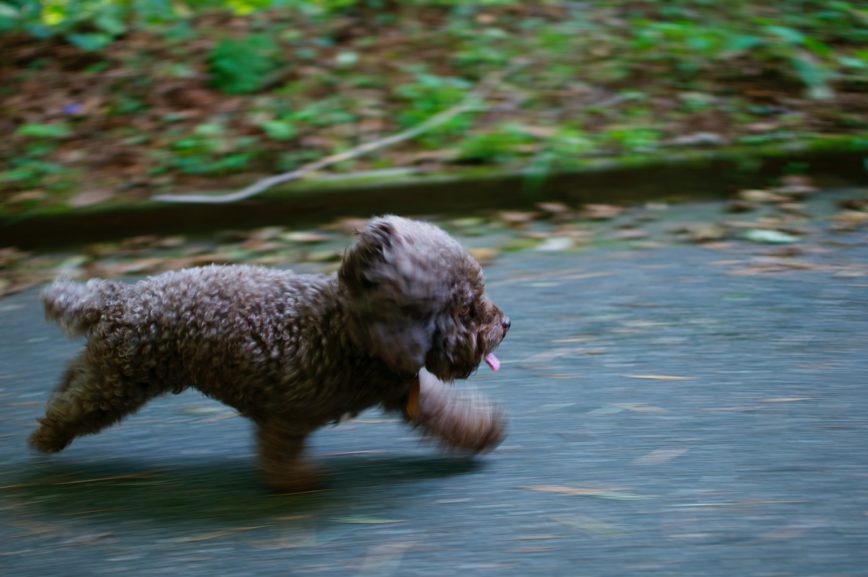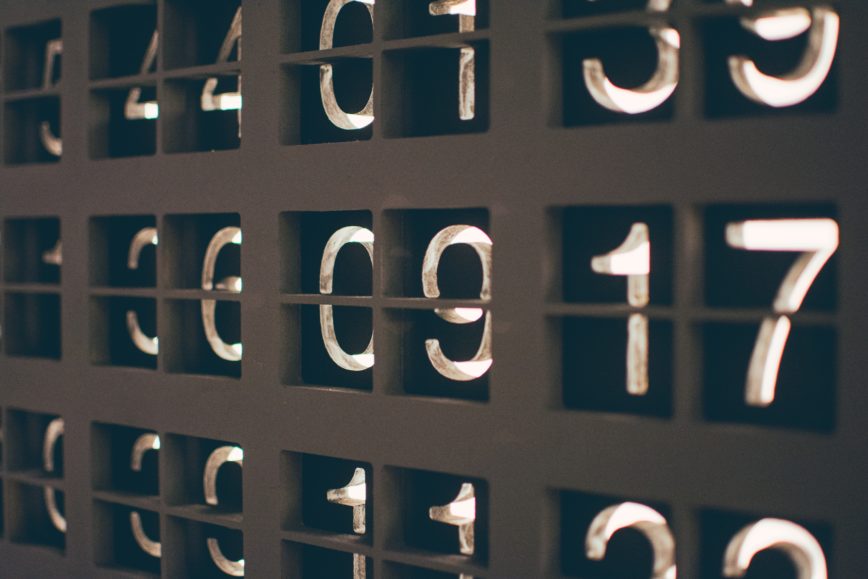Had some fun recently coming up with a solution to generate any element of the
Look-and-say sequence. The sequence was introduced and analyzed by John
Conway. Here is an example of the sequence:
1, 11, 21, 1211, 111221, 312211, 13112221, 1113213211, ...
The best way to explain the sequence is through examples:
1 "one one" -> 11 "two ones" -> 21 "one two, one one" -> 1211, etc
This is a sequence used by Google during interviews. They ask for a method
using recursion that takes in n, where n represents the n’th element appearing
in the sequence, that returns the entire sequence to that point.
For example:
foo(4)
[1, 11, 21, 1211]
Here is the solution I came up with:
def look_and_say(n, x = "1", to_return = ["1"])
if n == 1
return to_return.map{|i| i.to_i}
end
if n > 1
x = get_next_element(x)
to_return << x
return look_and_say(n-1, x, to_return)
end
end
def get_next_element(x)
current_digit = x[0]
count = 0
to_return = ""
x.chars.each do |i|
if i == current_digit
count += 1
else
to_return = "#{to_return + count.to_s + current_digit}"
current_digit = i
count = 1
end
end
to_return = "#{to_return + count.to_s + current_digit}"
return to_return
end




